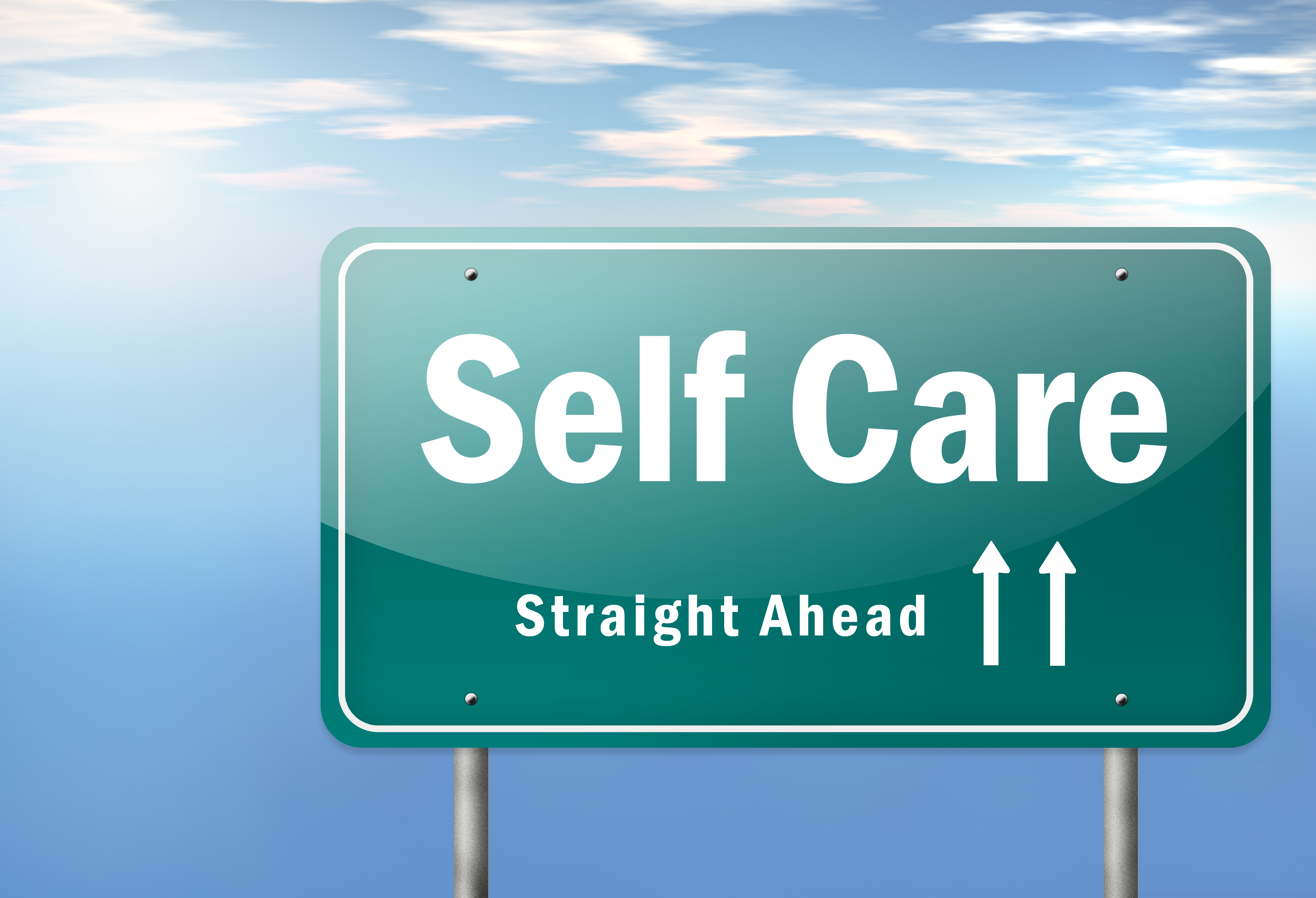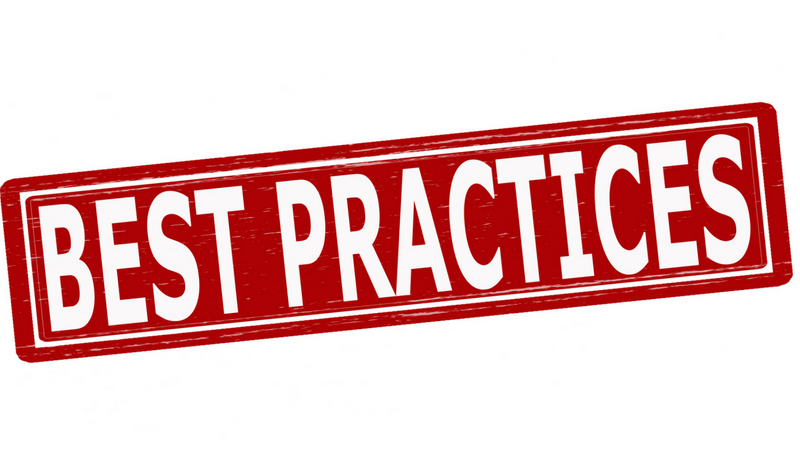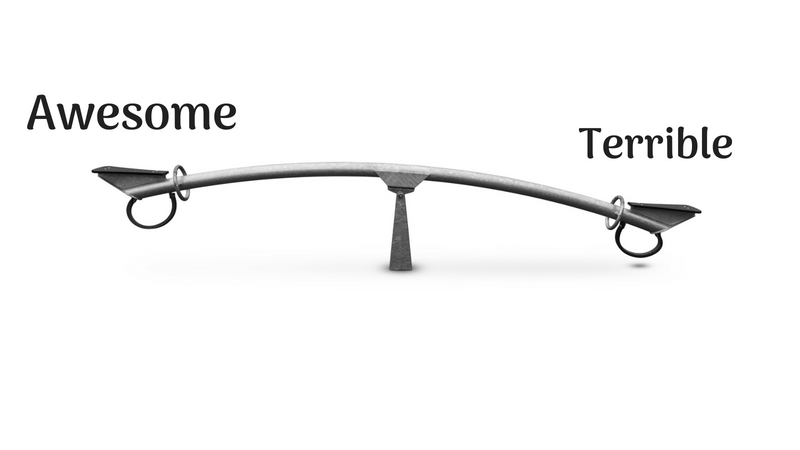Putting Together Your Self-Care Plan
Even when we know the importance of putting together a good self-care plan, it can feel overwhelming to do. Four pillars? Each pillar has multiple pieces? The heart races and the breathing gets shorter. Sometimes, we’re not even responding to the actual task of assembling a plan; it’s the execution that panics us. “I have to fix my diet; I must eat perfectly every day for the rest of my life!” I don’t care what your diagnosis is; perfection does not live inside us. We are humans, not perfections. Our self-care plans acknowledge that we are human. That’s why we may have more than one: the every-day plan and perhaps a second (or third) to help us in specific circumstances, like a panic attack, or when psychosis hits. Let’s slow it down and tackle this process – together.
Start Simple When Creating Your Self-Care Plan
The first step in creating a self-care plan is to simply identify what you do now. We’ve all developed coping mechanisms – positive and negative – and understanding what they are and how we use them is an important first step. How are you eating? How does your body respond to it? How does your mind respond? Don’t worry about tracking everything right now – just notice the big stuff. “I smoked a cigarette and I noticed my heart raced.” “I drank a cup of tea and my mind quieted.” If you notice the sensation, then it’s big enough to note to what caused it, and to prioritize addressing it, either by including it in the self-care plan or planning a way around it.
There’s no rush to this process either, and no “right way” to do it. Some people keep a pen and paper; others track it via email or make it a calendar appointment on their phone. Whatever is easiest – yes, easiest – for you is the way you should do it. Take at least week (or even a few!) and just spend that time noticing how your body responds and when.
Don’t Do It All at Once
Having spent some time noticing, it’s time to figure out what you want to tackle first: Is your priority to put together a general, everyday plan, or one for panic attacks or other special circumstances? At this point, it’s important to pick one and just focus on that. Let’s not get distracted by all the “shoulds” that seem to echo through our heads in moments like this (“I should build both together. I should have already done this. I shouldn’t be taking this long to make this happen.”). Got it? Know what plan you’re building? Perfect. Our next step is to grab a piece of paper. Now, in big letters at the top of the page, write down what kind of plan this is. Perfect. See? You’re doing great!
Now, here’s my next secret: We’re not going to do this all at once. We’re going to take breaks. When it gets tough, we are standing up and walking away. In fact, that moment may even be this moment.
How do we know we’re at a moment to walk away? Maybe your eyes feel tighter than normal, or your shoulders are a little higher than they were before we started. Pay attention to the signals your body tells you; there are no trophies for getting your entire plan done at once. Remember that the goal is to get your self-care plan done, not that it gets done right now.
Baby Steps
Beyond not doing the entire self-care plan at once, we’re also not going to implement the entire plan at once. Just because I know I “should” be eating all organic vegetables, free-range chicken and sustainably-hatched-and-raised fish doesn’t mean that I will be successful with changing my entire diet over all at once. We know that we have habits and routines and other baggage that make it challenging to change a behavior. Acknowledge it; validate that truth. And, remember you’re not the only one who finds change to be hard. While your habits, routines, and baggage are unique to you, others are also walking down this road, too.
As part of our baby steps, tackle no more than one thing in each of the pillars at a time. Start with the easiest one. Jon Acuff calls this “stacking the deck” in his book, Finish. We are stacking the deck in our favor and setting ourselves up to be successful. If tackling one point in each of the four pillars overwhelms you, then scale it back. Maybe it’s three. Maybe it’s two pillars. Maybe all you do is focus on taking your medication. The point is, keep it simple and easy. The more we are able to do the easy stuff, the easier it gets to tackle the next thing on the list. Seriously – if baby steps are too big for you, then take micro-steps.
Build It Piece-by-Piece
We’ve agreed we’re not going to build the entire plan in one sitting, and we’ve agreed that we will execute our plan in baby steps. The next step is actually build the plan.We’re going to do this piece-by-piece. Pick one pillar to start with, and then pick one key area within that pillar. If you’re starting with the “Mental” pillar, then pick journaling, therapy, or CBT. Let’s say you pick therapy. Let’s write down how you will use therapy as part of this self-care plan. If you are writing a general plan, it might be, “Attend therapy every other week. Schedule the next appointment before I leave.” Next, write why this is an important step and belongs on your self-care plan. “Therapy helps me put my current situations in perspective. It calms my mind and reminds me that I have someone who listens without judgment.” If you are writing a crisis plan, your plan may state, “Call my therapist when I have my first suicidal thought.” For the why, you might put down, “It is important that I reach out to someone who can help me, who cares, and will remind me that I’m not alone and life will get better.”
After we’ve picked one part of the first pillar to address, select another pillar, and choose one item from it. Perhaps it’s the “Spiritual” pillar, and you decide you want to spend 10 minutes reading the Bible every day. What does this do for you? “It reminds me that God is with me, even when I can’t sense him.” Or maybe you have a playlist of music to listen to in a crisis. “God is bigger than my problems, and He loves me very much.” Continue on this path until you have one item addressed in each pillar, taking breaks as you need them.
Putting It into Action
As we said in baby steps, we’re going to take this slow. For a general plan, pick one item that you consider either the most important or the most helpful for you. Practice doing this. If you are building a crisis plan, practice responding like you will in a crisis; it makes it easier when the real thing happens. I know psychologists who have anxiety patients “planning” panic attacks. They have a series of actions they can do (like breathing through a straw for a minute) that mimic the sensations of a panic attack. By simulating a panic attack, they can practice their self-care plan and make future ones easier to bear. As you gain mastery in one area, practice another. By taking it slow and easy, you are more likely to put you plan in action and experience success.
Build It More
As you put more of your self-care plan into place, add to it. Add another item in each of the four pillars, making sure that you also write down why each of those steps is important. There are no rules saying that you can’t choose to simply grow one piece of the self-care plan, either. Maybe you want to start your “Physical” pillar by eating one piece of fruit every day. Next, maybe you decide to give up sodas. Then, perhaps you decide to eat chicken twice a week. Maybe after that, you decide to focus on relaxation. And then on to diet again. See how we haven’t touched exercise? That’s OK. It’s your plan. If you are doing a panic attack plan, exercise may never show up.
Keep building the plan until you consider it complete for the purpose you need.
Tweak It!
Even after your plan is complete, you may find that it needs to be added to, or an element doesn’t help as you expected it to. Tweak it! There are no “plan police” when it comes to mental health. It’s your plan; make sure if works for you.
Do you have a self-care plan today? What stops you from creating one?
Looking for daily inspiration and community? Join our warm and supportive Facebook group!










At its core, it’s simply about knowing ourselves and planning ways to say “yes” in our most challenging moments. And then, when we goof up (because we are still human!), it’s a matter of adjusting the plan, not beating ourselves up for failing. In the process, we shift the focus away from willpower and into self-love, self-care, and self-compassion.
You are absolutely right – it is about knowing ourselves. That means getting very honest about our strengths and our limitations, which can be challenging.